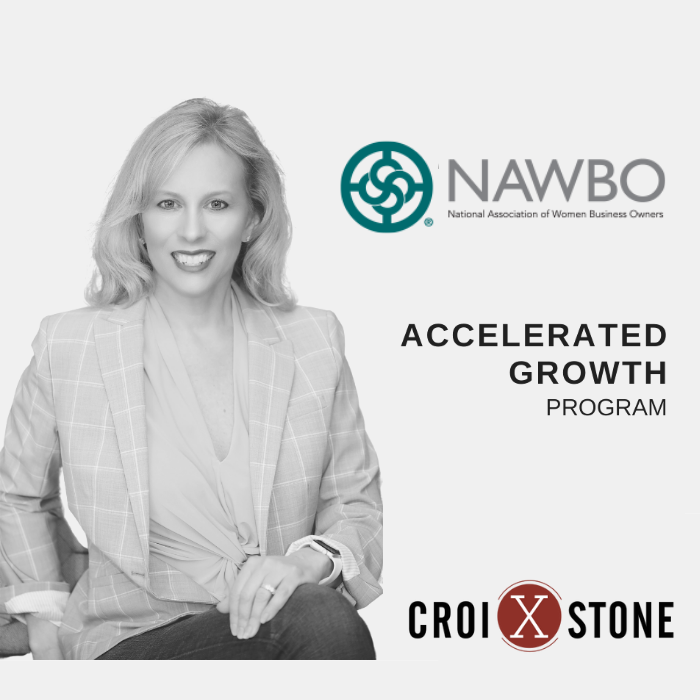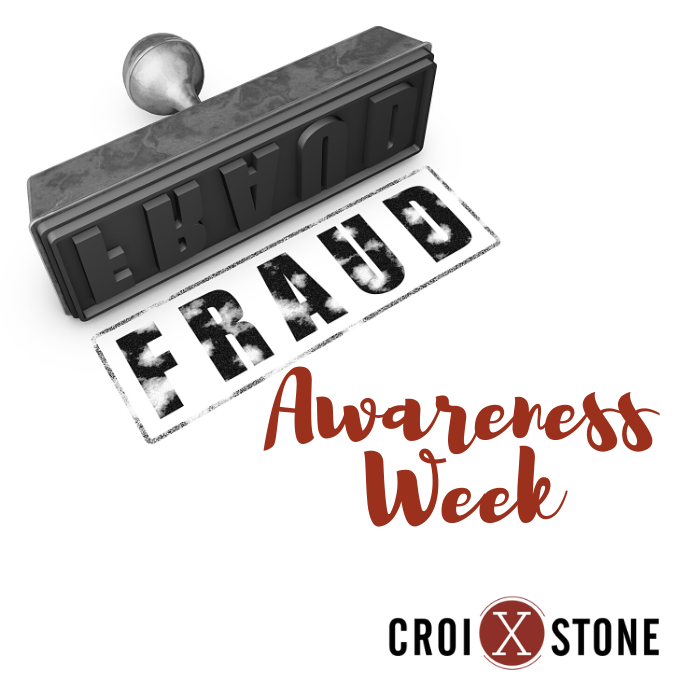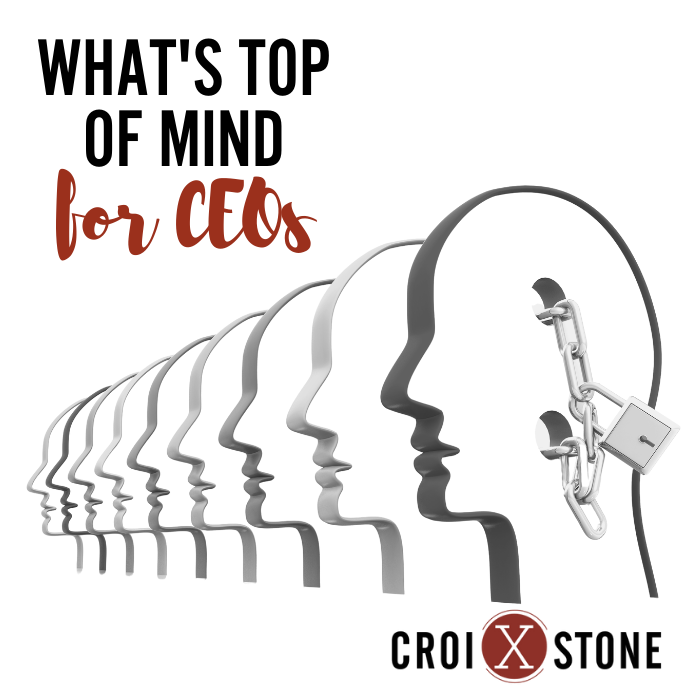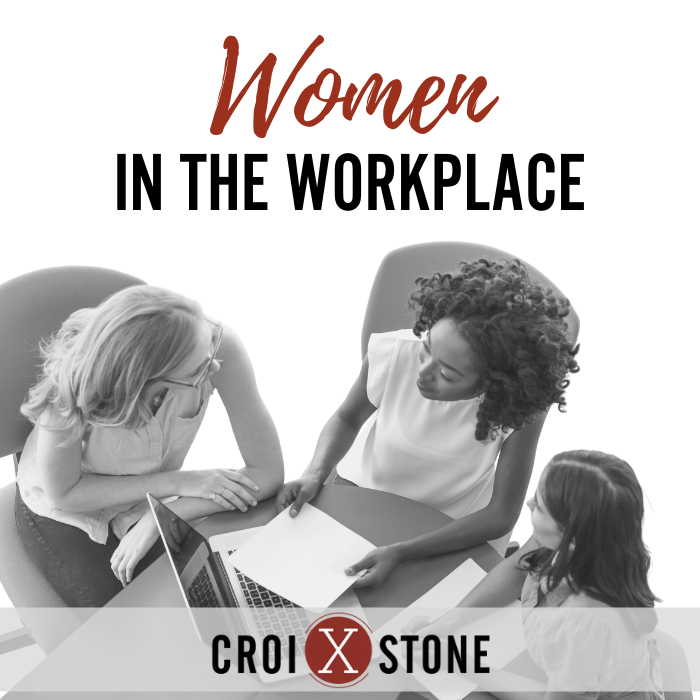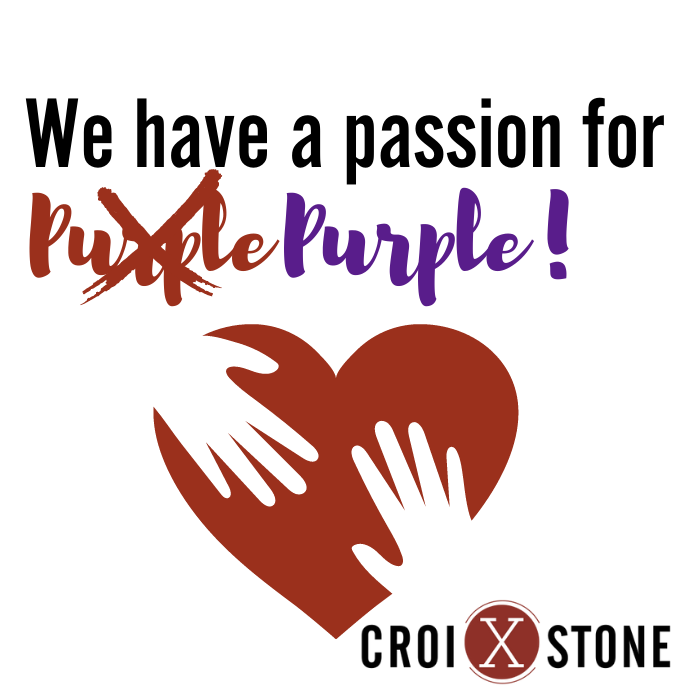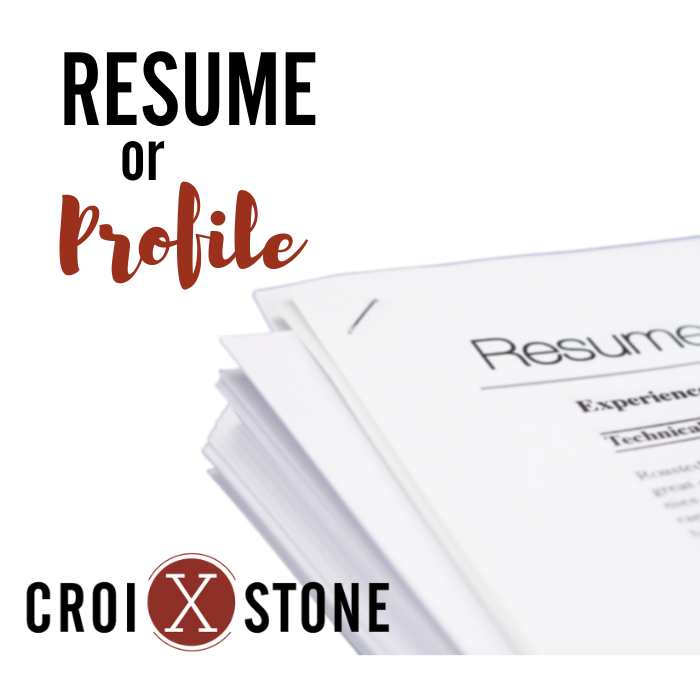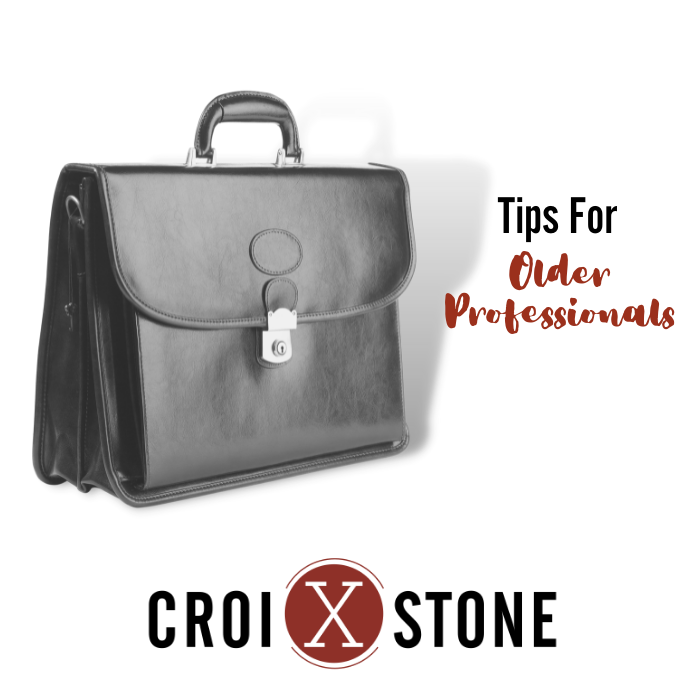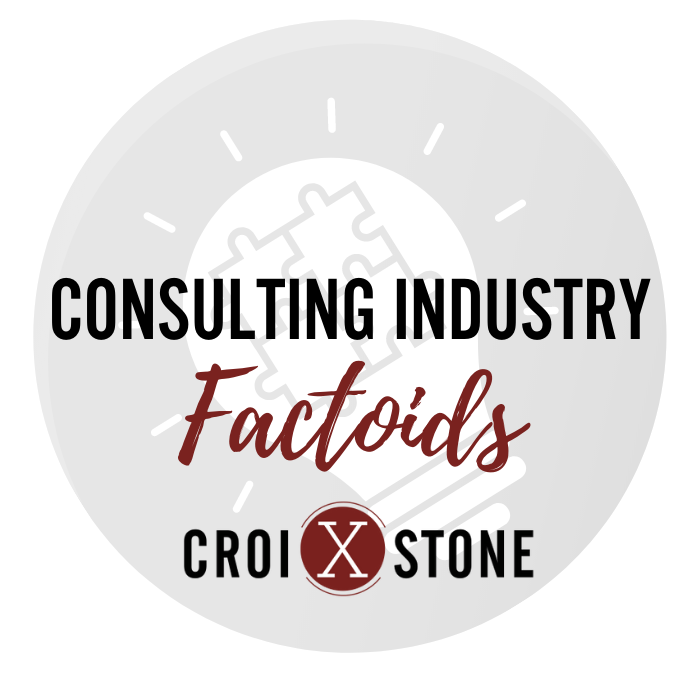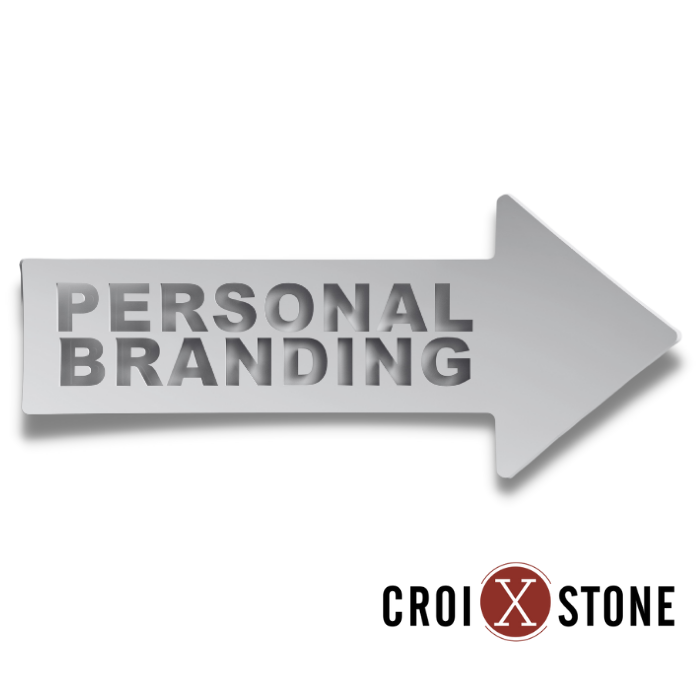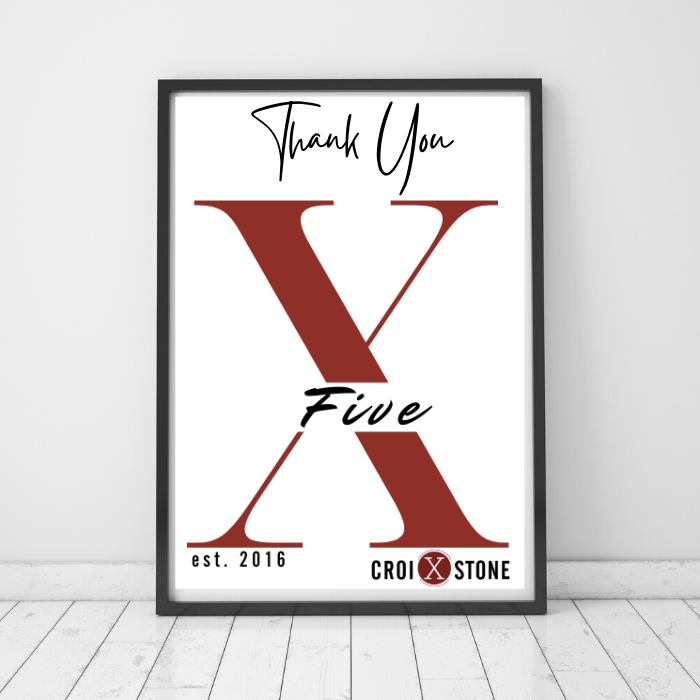The Fast Five: Croixstone CEO Patti Weber and the NAWBO Accelerated Growth Program
In January of 2021, Croixstone Consulting announced that our CEO, Patti Weber, was one of 25 women across the USA accepted into the National Association of Women Business Owners (NAWBO) Accelerated Growth Program. Sponsored by Wells Fargo, the program featured a premier suite of learning modules, high-level education and mentorship to help participants increase their market competitiveness and to position them to achieve the next stage of growth and expansion. Patti completed her participation in the program in October 2021. We caught up with her to ask five fast questions pertaining to her experience.
For people who aren’t familiar with it, what is the NAWBO Accelerated Growth Program?
An opportunity to collaborate and share best practices with other women-owned businesses.
Why did you participate in the program?
At Croixstone Consulting, we are always seeking to operate with excellence and part of that is to always continuously learn. How can we do things in a different way as we seek the path to excellence?
Tell us about the other women who participated in the program.
The women who participated were from across the USA and ranged from an Alaska-based owner of a touring company (Seward Tours LLC dba Sunny Cove Kayaking) to a former broadcaster with a production company based in California (WorldWise Productions LLC) to an attorney based in Pennsylvania (ND Galli Law LLC).
What was the most unique company who participated in the program?
There was a wine club based in Portland, Oregon named Upstream Wine Club that was launched during the global pandemic. The company makes it easy to discover great Oregon wines.
What’s the best piece of advice that you received?
Trust your gut…those feelings of intuition. Following your instinct can direct you toward the best path for you and your company.

